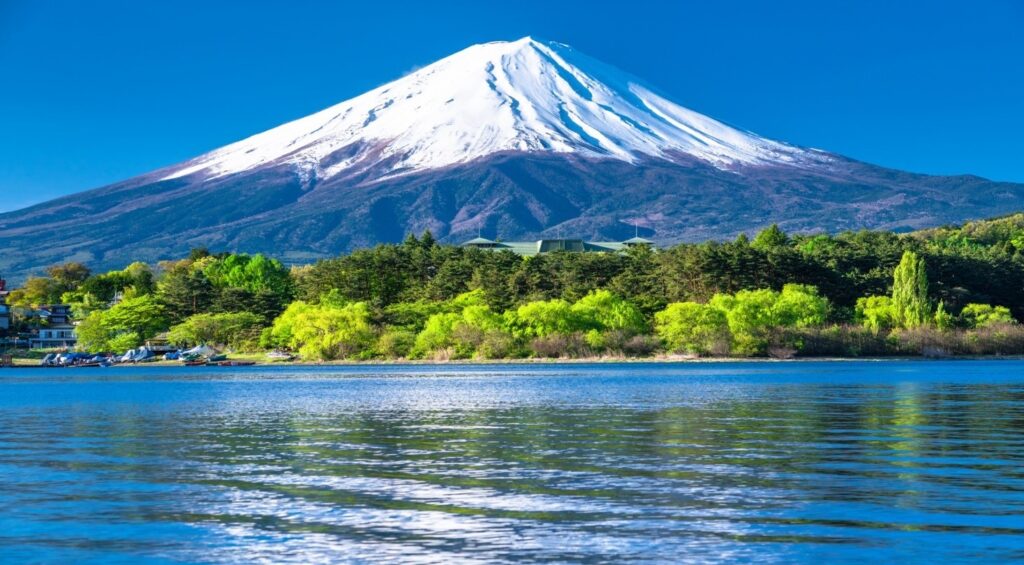Hiking Mt. Fuji is a dream for many outdoor enthusiasts, and with its majestic beauty and cultural significance, it’s no wonder why. Standing at 3,776 meters (12,389 feet), Mt. Fuji is Japan’s highest peak and an active stratovolcano. Embarking on this adventure requires careful planning, preparation, and respect for the mountain’s unique challenges. In this step-by-step itinerary, we’ll guide you through the essential aspects of hiking Mt. Fuji, ensuring a safe and memorable journey to the summit.
Choose the Right Season
Mt. Fuji’s climbing season typically runs from early July to early September. During this time, the weather is more stable, and the mountain huts are open. Attempting to climb outside this period is not recommended due to extreme weather conditions.
Select the Route
Mt. Fuji offers several routes to the summit, with the most popular being the Yoshida Trail, Subashiri Trail, Gotemba Trail, and Fujinomiya Trail. Each route has its unique features, difficulty levels, and scenic views. Consider your fitness level, experience, and preferences when choosing a trail.
Prepare Physically and Mentally
Hiking Mt. Fuji is a demanding physical challenge. Regular cardiovascular exercise, strength training, and altitude acclimatization are crucial to prepare your body. Mental preparation is equally important, as the climb can be both physically and mentally exhausting.
Pack Essential Gear
Proper gear is essential for a successful climb. Some must-have items include a sturdy backpack, comfortable hiking boots, layered clothing, a headlamp, trekking poles, a hat, gloves, and a rain jacket. Be sure to pack enough food, water, and a first aid kit.
Obtain Necessary Permits
While no official permits are required to climb Mt. Fuji, registration at the fifth stations (trailheads) is recommended for safety reasons. This registration helps authorities keep track of climbers and aids in search and rescue operations if needed.
Start Early
To witness the breathtaking sunrise from the summit and to avoid the afternoon crowds, it’s crucial to start your ascent early. Most climbers begin their trek in the late afternoon or evening and spend the night at one of the mountain huts.
Stay at Mountain Huts
The ascent to Mt. Fuji is typically done over two days, with climbers staying at mountain huts along the trail. These huts provide shelter, meals, and a place to rest. It’s advisable to book hut accommodations in advance, especially during peak climbing season.
Respect the Environment
Mt. Fuji is a UNESCO World Heritage Site, and preserving its natural beauty is everyone’s responsibility. Follow the Leave No Trace principles, stay on designated trails, and dispose of waste properly. Respect the local customs and traditions associated with the mountain.
Be Weather-Wise
Weather conditions on Mt. Fuji can change rapidly. Check the forecast regularly and be prepared for temperature drops, high winds, and possible precipitation. If conditions deteriorate, consider postponing your climb for safety reasons.
Celebrate Your Achievement
Reaching the summit of Mt. Fuji is a significant accomplishment. Take the time to savor the panoramic views, sign the summit guestbook, and reflect on the journey. Remember to descend safely, following the same trail you used to ascend.
Conclusion
Hiking Mt. Fuji is a bucket-list experience that requires careful planning, physical preparation, and a deep appreciation for nature. Following this step-by-step itinerary will help ensure a safe and enjoyable climb to the summit of Japan’s iconic peak. Remember, the journey is as important as the destination, and the memories of conquering Mt. Fuji will stay with you for a lifetime.

